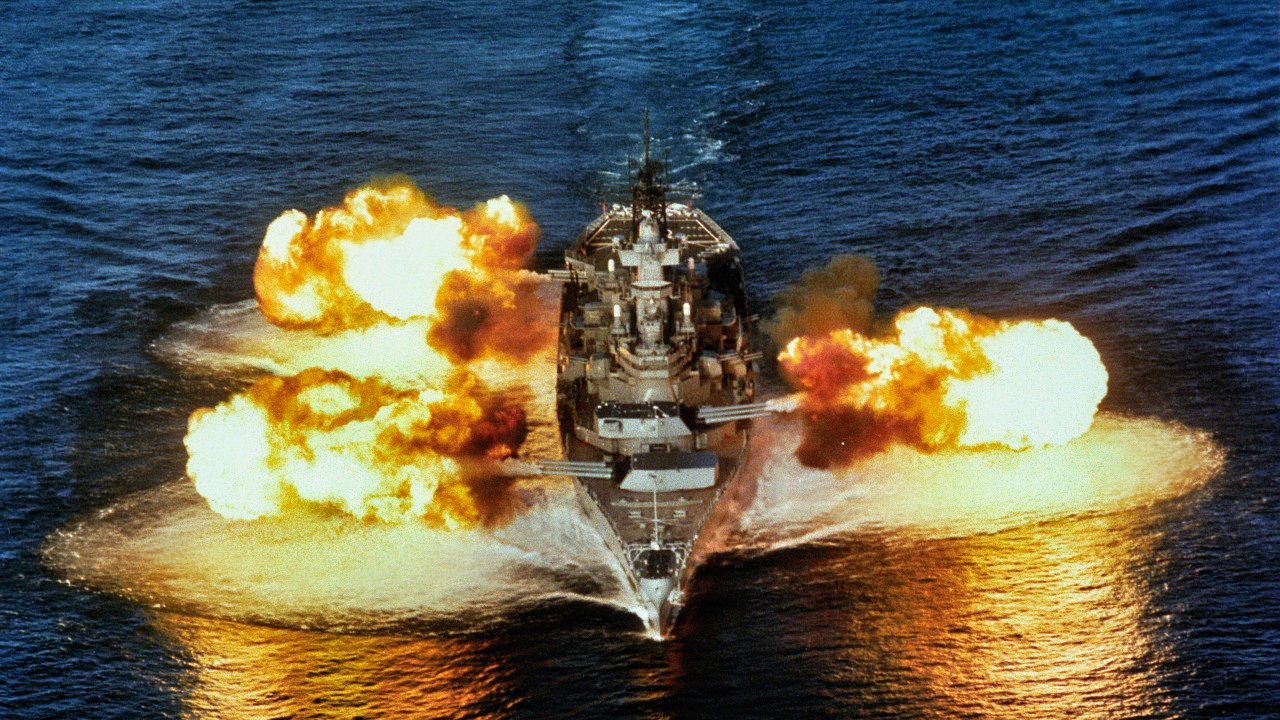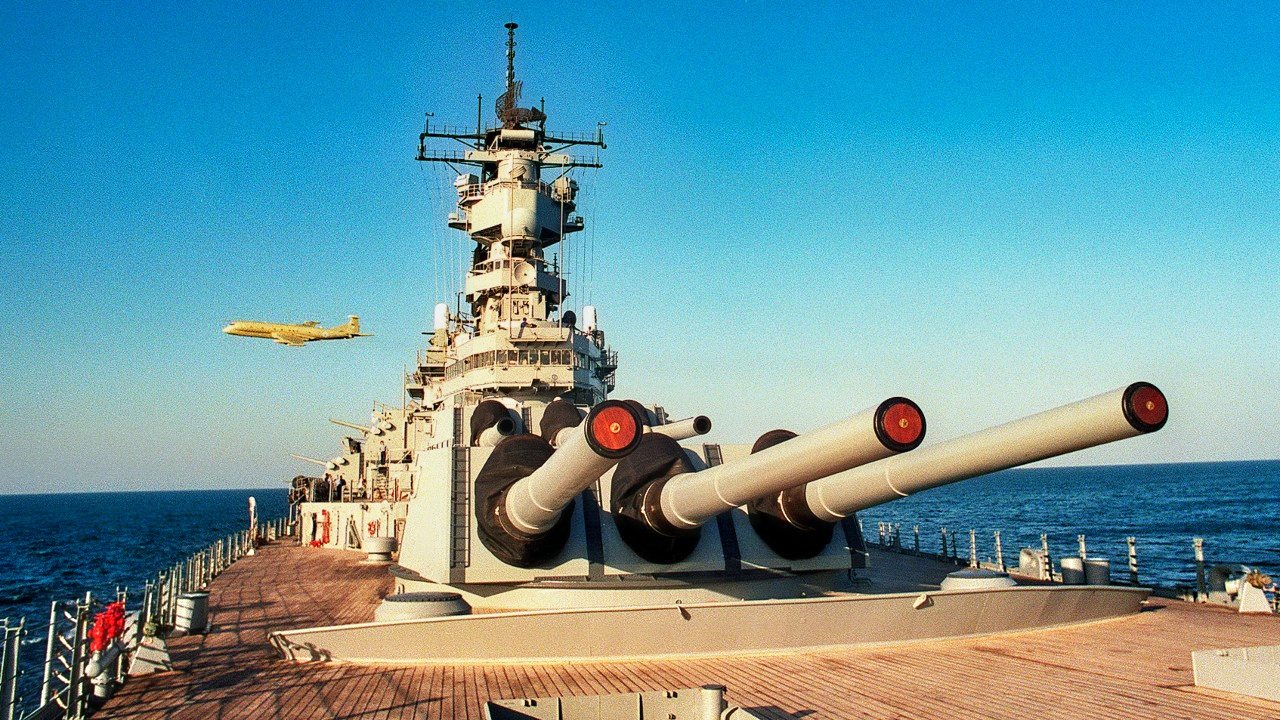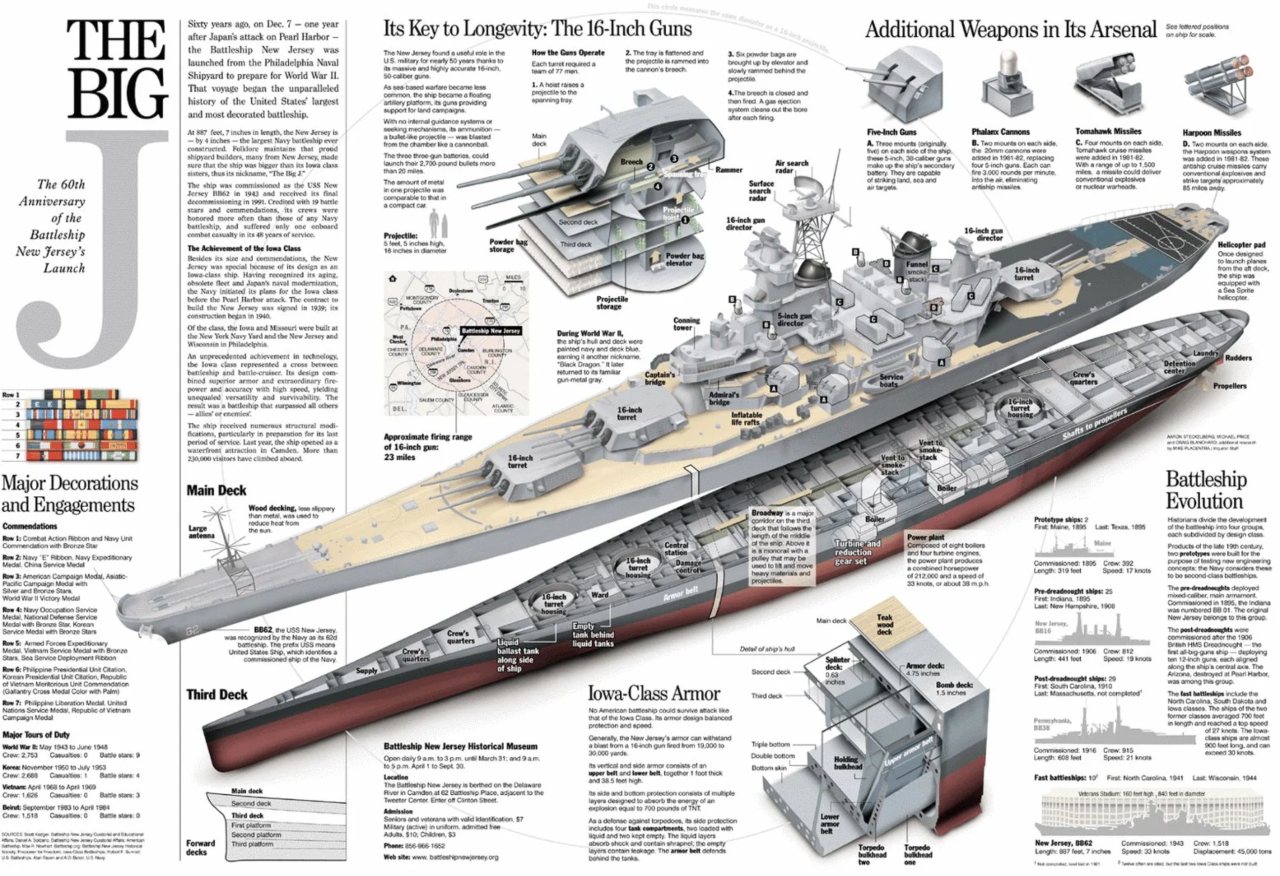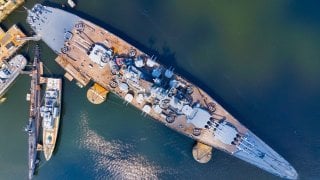Montana-Class: 65,000 Tons of Raw Battleship Power The Navy Passed On
The U.S. Navy's Montana-class battleships, conceptualized during World War II, were designed to be larger, better armored, and more powerful than the Iowa-class, boasting twelve 16-inch main guns. With a displacement of 65,000 tons and enhanced survivability, the Montana ships would have been formidable in battleship duels. However, their slower speed made them less adaptable to the fast-paced naval warfare of the time.
What You Need to Know: The U.S. Navy's Montana-class battleships, conceptualized during World War II, were designed to be larger, better armored, and more powerful than the Iowa-class, boasting twelve 16-inch main guns. With a displacement of 65,000 tons and enhanced survivability, the Montana ships would have been formidable in battleship duels. However, their slower speed made them less adaptable to the fast-paced naval warfare of the time.

Why Montana-Class Battleship Never Sailed: In 1943, the project was canceled in favor of aircraft carriers, submarines, and destroyers, deemed more critical to winning the war. Design elements from the Montana class influenced future Midway-class aircraft carriers.
Montana-Class Battleships: The U.S. Navy’s Unbuilt Giants
The U.S. Navy’s planned class of Montana-class battleships never came to fruition. During the Second World War, the Navy conceptualized the better protected, better armored, yet slower class of ships to replace the Iowa-class. Ultimately, however, priorities shifted during the war, and the Navy ended up canceling the project to produce the Essex-class aircraft carrier class instead.
The History of the Montana-Class
The Montana ships were intended to feature twelve 16-inch main guns and twenty 5-inch guns as opposed to the mere nine guns equipped on preceding classes.
Overall, the five Montana battleships would have boasted 25% more firepower than their Iowa counterparts if they had entered service as initially planned.
Following World War I, U.S. officials were increasingly concerned with Imperial Japan’s naval prowess. By the late 1930’s, the previously penned Washington Naval Treaty, which limited the displacement and armament of warships of its five signatories, was essentially abandoned by Japan. Without this “check” in place, the U.S. was ready to enhance its future battleships.
Planned Battleship Specs and Capabilities:
Following the introduction of the Iowa-class ships, blueprints surrounding the new Montana successors were proposed. The battleships were planned to measure roughly 860 feet long with displacements of 52,000 tons (plus a trial displacement of nearly 65,000 tons). These specs would have made the Montana class the largest warship ever considered by the service. The Montana blueprints were nearly a third bigger than the preceding Iowa ships.

However, the Iowa ships were faster than their planned successors, which would only be able to sail at speeds in excess of 28 knots. In terms of armor, the Montana ships were designed to be more survivable than previous classes. As detailed by Navy General Board, “The Montana was protected from its own guns.
This armoring style reflects the design philosophies behind the two ships. The Iowa was meant to be a fast interceptor to guard against cruisers and fast battleships. The Montana class was designed to participate with the main battle line and engage in furious gunnery duels with multiple battleships.”
Why Were the Montana Battleships Ships Canceled?
The five Montana-class ship names that were selected were Montana (the lead ship of the class), Ohio, Maine, New Hampshire, and Louisiana. Other than the Montana moniker, the other names were recycled from pre-dreadnought battleships which had been scrapped following the first World War.
Although work was intended to commence on this class of ships in 1940, material shortages delayed construction. In 1942, Congress authorized work on the ships and projected the class to be completed by late 1945.
However, in July 1943, the Montana-class was scrapped altogether, to make room for the production of aircraft carriers, submarines and destroyers.
While the Montana ships were canceled prior to their production, the design work that went into the class was not totally wasted. Notably, the arrangement of their propulsion systems were modified for the future Midway-class aircraft carriers.

About the Author: Maya Carlin
Maya Carlin, National Security Writer with The National Interest, is an analyst with the Center for Security Policy and a former Anna Sobol Levy Fellow at IDC Herzliya in Israel. She has by-lines in many publications, including The National Interest, Jerusalem Post, and Times of Israel. You can follow her on Twitter: @MayaCarlin.
Image Credit: Creative Commons images of Iowa-Class battleships.


